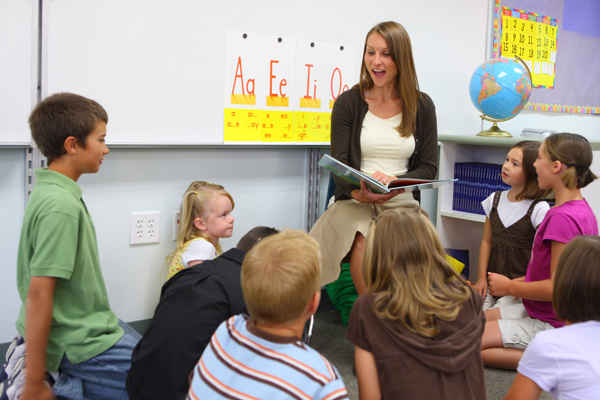
The Science of Reading
Bridge the gap between pedagogy and classroom instruction with easy-to-use core, supplemental, and intervention products that are proven to work.
Why apply the science of reading?

The science of reading answers the call for effective, research-backed methods of teaching literacy.
Literacy skills are critical for academic, social, and economic success. Using a proven, evidence-based approach to explicit reading instruction will close the literacy gap, improve student outcomes, and help students reach their full potential.
Reading is a complex task. Applying the science of reading in the classroom isn’t easy, either. If you’ve invested in training through a program such as LETRS®, we can help you implement the research.
Imagine Learning’s powerful solutions not only provide evidence-based materials — we also make it easy for educators to plan and execute best practices in the classroom.
Products Aligned to the Science of Reading

Imagine Learning EL Education
Explore a content-based approach to literacy instruction that helps students learn to read and read to learn. Primary students build strong foundational reading skills with structured phonics instruction, while educators utilize compelling, real-world texts to engage and excite all K-8 learners. Our research-informed program earned all green scores from independent reviewer EdReports.

Imagine Language & Literacy
Give students a head start with a personalized literacy solution grounded in research and proven to increase student outcomes. Not only does Imagine Language & Literacy teach the “Big 5” components of reading, but it also provides direct, explicit, and systematic instruction and practice of language and literacy skills in tandem — the heart of science of reading research.

Imagine Español
Experience an authentic, culturally relevant SLA solution that accelerates language and literacy development for your elementary students. Adaptive and standards-aligned instruction advances biliteracy and cultural competency.

Imagine Sonday System
Discover a proven, Orton-Gillingham approach to reading intervention. Using stage-based content and multisensory instruction grounded in the science of reading, Imagine Sonday System empowers educators to help struggling readers catch up.

Imagine+ Screener
The Imagine+ Screener identifies students in grades PreK–3 at risk of dyslexia and other reading challenges by assessing key literacy skills predictive of future reading success. Developed by experts and aligned to the science of reading, the Imagine+ Screener is a game-based, self-scoring, and adaptive tool that makes early literacy screening and assessment engaging and effective.





